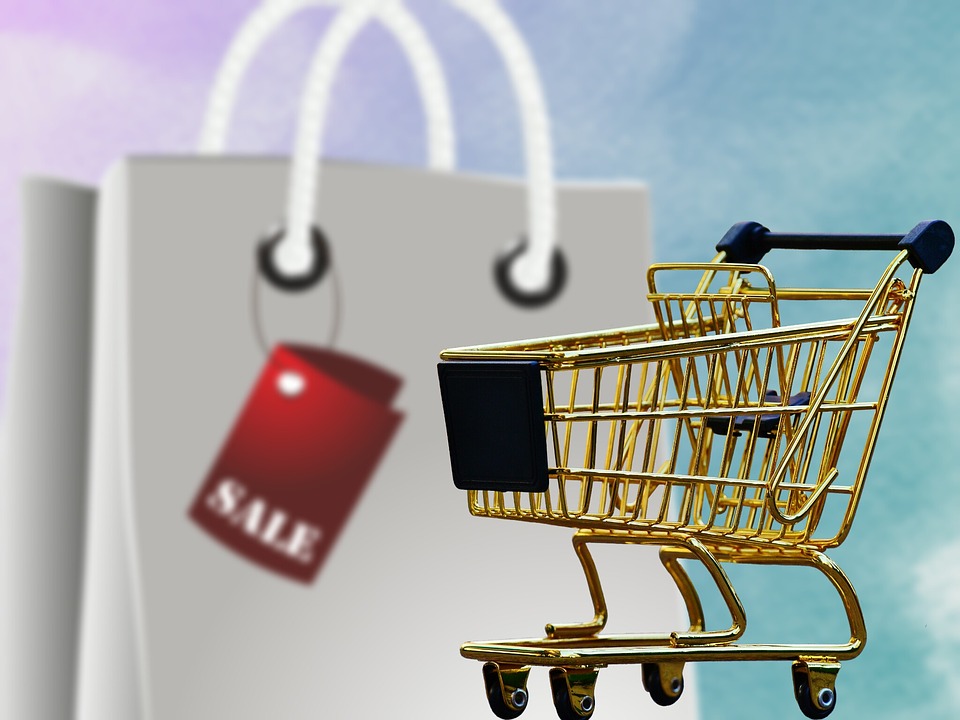Buying and selling items through marketplaces has become a convenient habit. Ordered – received – it's that simple. But behind the apparent simplicity, risks often lurk. On popular platforms like OLX, Avito, or eBay, scammers regularly operate. They exploit users' trust and system vulnerabilities to extort money.
Moreover, the schemes are becoming more cunning. Sometimes fraud on marketplaces happens from both sides – a scammer can pretend to be either a seller or a buyer. Because of this, all participants in the transaction are at risk. Even features like “secure payment” offered by platforms for protection do not always work – wrongdoers find ways to circumvent them. Many find out they've been scammed when it's too late – the item hasn't arrived, the seller's page is deleted, the correspondence erased. And getting the money back turns out to be almost impossible.
How Fraud Happens on Marketplaces
Specific schemes have long been widespread on trading platforms, and they still work today. Each of them has the same foundation – to gain trust and make the person quickly make a purchase without thinking. It is precisely the rush and psychological pressure that most often play into the hands of scammers.
Usually, it all starts with an enticing ad. For example, an iPhone appears on OLX at half the market price or a cheap laptop. The photos look genuine, the description is detailed – even minor flaws are mentioned, so as not to arouse suspicion. The seller responds quickly, is polite, and promises to send the item immediately after prepayment. Sometimes they even confirm authenticity with a product passport, send documents, or a sales contract.

Or conversely – a “buyer” asks for a card number to supposedly transfer money. Then they send a link to a fake delivery or payment site, indistinguishable from the real one. You enter your details – and they instantly end up with the scammers. Tricks like these are particularly common:
- undervalued price and urgent sale (“I'm leaving tomorrow, need to sell quickly”);
- fake delivery and payment service pages;
- fake “secure deals” with external sites;
- request to make a prepayment for delivery or reservation;
- “buyers” who demand card details to receive a transfer.
It's hard to resist such schemes, especially if a person is in a hurry or afraid of missing out on an item. Scammers know this and play on emotions, convincing, urging, creating a sense of urgency. After such “deals,” the money disappears, and contacting the other party becomes impossible.
How to Timely Spot a Trap
Wrongdoers act quickly but leave traces behind. They can be noticed if you don't rush and ask a few extra questions. If an ad looks too “perfect,” it's worth being cautious. Genuine sellers usually don't use internet photos but take real pictures of the item. Also, they don't ask for payment upfront without confirmation.

When a seller avoids phone communication, refuses to meet, or suggests switching to a messenger and continuing “there,” it is a warning sign. It's also important to pay attention to links. Even if they look like a real site, it's better not to click on them from the correspondence. Fakes can be so precise that they can only be distinguished by the URL.
Finally, it's worth avoiding any offers to switch the conversation to messengers or pay “outside the platform.” OLX and Avito are not responsible for transactions that bypass the platform.
What to Do to Avoid Getting Caught
You can protect yourself by acting without haste and carefully verifying details. Even simple rules significantly reduce the risk. You should not pay for an item until it is received. It's better to choose payment upon receipt – especially if the seller is unknown.
It's worth using only the built-in communication and payment tools on the marketplace. This doesn't guarantee 100% protection but creates at least minimal boundaries. Another measure is a separate bank card for online purchases. It's better to keep a small amount on it, so even if data is leaked, you don't lose all your funds.

It's useful to save correspondence and all confirmations – screenshots, shipment numbers, photos. If it comes to a conflict, these materials can help when contacting support for returning the item or funds. But most importantly, it's crucial to understand – if a purchase seems too good to be true, it probably is.
How to Protect Yourself in the Future
Platforms like Avito, OLX, or eBay strive to warn users about potential threats. Their websites have special safety sections detailing the most common schemes. This information should be reviewed from time to time – scammers adapt, and new methods appear regularly.
If doubts arise during communication, it's better to stop and check. It's important to understand that buying even the cheapest item can lead to a one-time loss of funds or a bank account breach. The platform must warn clients about risks, but it's up to the user to ensure the safety of all their operations.

Every situation where fraud is avoided is a result of attentiveness. Too quick an agreement, trust in a stranger, or the desire to “buy before others” are the main mistakes on which OLX fraud and Avito scams are built. Deals on marketplaces are convenient. But only when a person keeps control in their hands and doesn't give it to the first person they meet in the chat.
 >
>